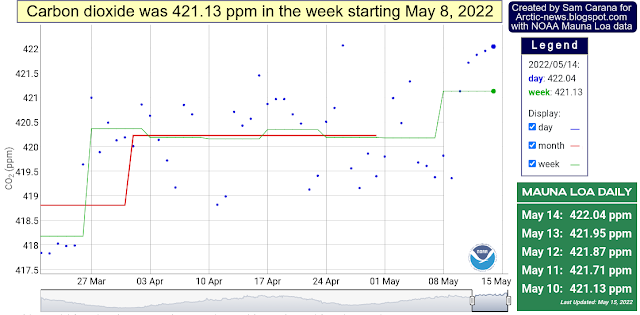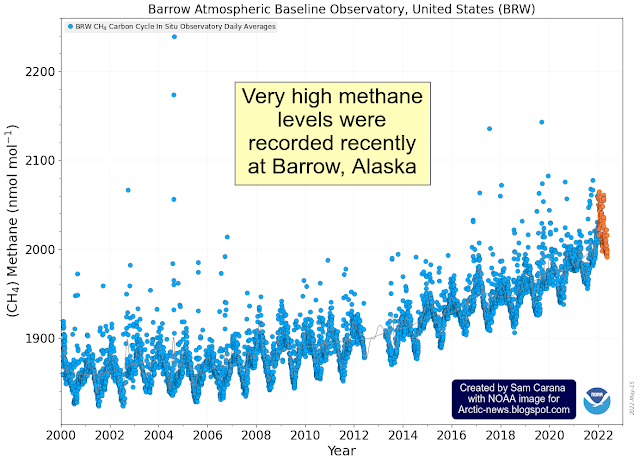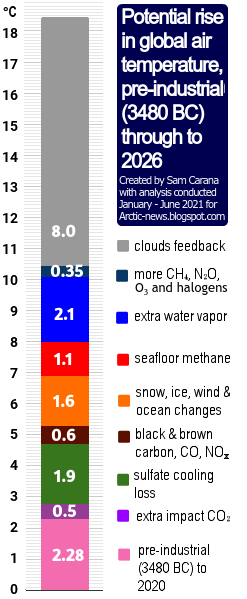by Andrew Glikson
But while “leaders” fail to protect the people from global warming and nuclear war, they have succeeded splendidly in hiding the truth through the denial of climate change, accounting tricks and claims of reduction in domestic emissions, while in fact opening new coal mines, oil wells and fracked coal seams, exporting hydrocarbons through the entire global atmosphere.
As mean global temperatures, storms and sea level rise keep rising toward uninhabitable conditions in many parts of the world and thousands of nuclear missiles are aimed to be triggered by accident or design is it too early or already too late for Nuremberg-type trials for those responsible for the ongoing greenhouse gas saturation of the atmosphere and the creation of a doomsday machine?
The Nuremberg principles created by the International Law Commission of the United Nations in connection with the Nuremberg Trials of Nazi leaders following World War II, apply critically once again for those planning a nuclear war on the rapidly warming Earth.
- Principle I. Persons who commit a crime under international law are liable to punishment.
- Principle II. Internal law do not relieve the person who committed the act from responsibility under international law.
- Principle III. A person who commits a crime under international law, as a Head of State or responsible government official, is not relieved from responsibility under international law.
- Principle IV. An act under the order of Government or of a superior does not relieve a person from responsibility under international law. It is not an acceptable excuse to say 'I was just following my superior's orders'.
- Principle V. Any person charged with a crime under international law has the right to a fair trial on the facts and law.
- Principle VI. The crimes hereinafter set out are punishable as crimes under international law: Planning, preparation, initiation or waging of a war of aggression or a war in violation of international treaties, agreements or assurances; Leaders, organizers, instigators and accomplices participating in the formulation or execution of a common plan or conspiracy to commit any of the foregoing crimes are responsible for all acts performed by any persons in execution of such plan.
- Principle VII. Complicity in the commission of a crime against peace, a war crime, or a crime against humanity as set forth in Principle VI is a crime under international law.
None of these infringements falls within the category of ordinary human offences, rather their consequences for the Earth’s life support system are orders of magnitude larger than even their perpetrators could imagine, namely a major mass extinction of species analogous to the end-Ordovician (86% species extinguished), Permian-Triassic (96 Species extinguished) and Cretaceous-Tertiary (76% species extinguished) (Figure 1A) consequent on carbon emission rates some 9–10 times higher than those during onset of the Palaeocene-Eocene Thermal Maximum.
 |
| Figure 1. A. The five great mass extinctions in the history of Earth; B. IPCC climate projections to 2100 (after Will Steffen). |
- End Ordovician (444 million years ago)
- Late Devonian (360 my)
- End Permian (250 my)
- End Triassic (200 my)
- End Cretaceous (65 my) – the event that killed off the dinosaurs.
- Palaeocene-Eocene thermal maximum
- The current rise in atmospheric greenhouse gas levels at a rate faster than any of the previous mass extinction (Figure 1B) of species, including the K-T event and the Palaeocene-Eocene Thermal Peak (PETM), the latter roughly 55 million years ago lasting approximately 100,000 years.
- The termination of the last glacial maximum (17.5–10 kyr ago) when the CO₂ rise rate was ~0.010 ppm CO₂/year and temperature ~0.00046°C/year as compared to the extreme modern rates during 1750-2020 of 0.0074°C/year and 0.04 ppm CO₂/year.
Taking no heed of this warning, the species Homo “sapiens” has perfected a virtual doomsday machine under which it is living on borrowed time. Believing it is a ‘chosen species’ sapiens has rarely asked itself what has it been chosen for?
Leaders, so-called, forcing the atmosphere into a >4 degrees Celsius-high radioactive hell, including corporate chiefs, top executives, billionaires and their conscious-free political mouthpieces, members of parliaments, ministers and presidents, will be recorded in history as first in line to hell, driving the innocent hapless masses into oblivion.
But if “leaders” failed to protect the people from global warming and nuclear war, they succeeded splendidly in hiding the truth, starting with climate change denial, proceeding with accounting tricks and with claims of domestic emission reduction, while at the same time opening new coal mines, oil wells and coal seam gas fracking, exporting the hydrocarbons throughout the atmosphere.
These people know who they are, even if they do not fully understand the monstrous consequences of what they are doing or avoiding doing!
But if Nuremberg Trials are not conducted now, then when?
Books:
The Asteroid Impact Connection of Planetary Evolution
https://www.springer.com/gp/book/9789400763272
The Archaean: Geological and Geochemical Windows into the Early Earth
https://www.springer.com/gp/book/9783319079073
Climate, Fire and Human Evolution: The Deep Time Dimensions of the Anthropocene
https://www.springer.com/gp/book/9783319225111
The Plutocene: Blueprints for a Post-Anthropocene Greenhouse Earth
https://www.springer.com/gp/book/9783319572369
Evolution of the Atmosphere, Fire and the Anthropocene Climate Event Horizon
https://www.springer.com/gp/book/9789400773318
From Stars to Brains: Milestones in the Planetary Evolution of Life and Intelligence
https://www.springer.com/us/book/9783030106027
Asteroids Impacts, Crustal Evolution and Related Mineral Systems with Special Reference to Australia
https://www.springer.com/us/book/9783319745442
The Event Horizon: Homo Prometheus and the Climate Catastrophe
https://www.springer.com/gp/book/9783030547332
The Fatal Species: From Warlike Primates to Planetary Mass Extinction
https://www.springer.com/gp/book/9783030754679
The Trials of Gaia. Milestones in the evolution of Earth with reference to the Antropocene
https://www.amazon.com.au/Trials-Gaia-Milestones-Evolution-Anthropocene/dp/3031237080
https://www.amazon.com.au/Trials-Gaia-Milestones-Evolution-Anthropocene/dp/3031237080



































